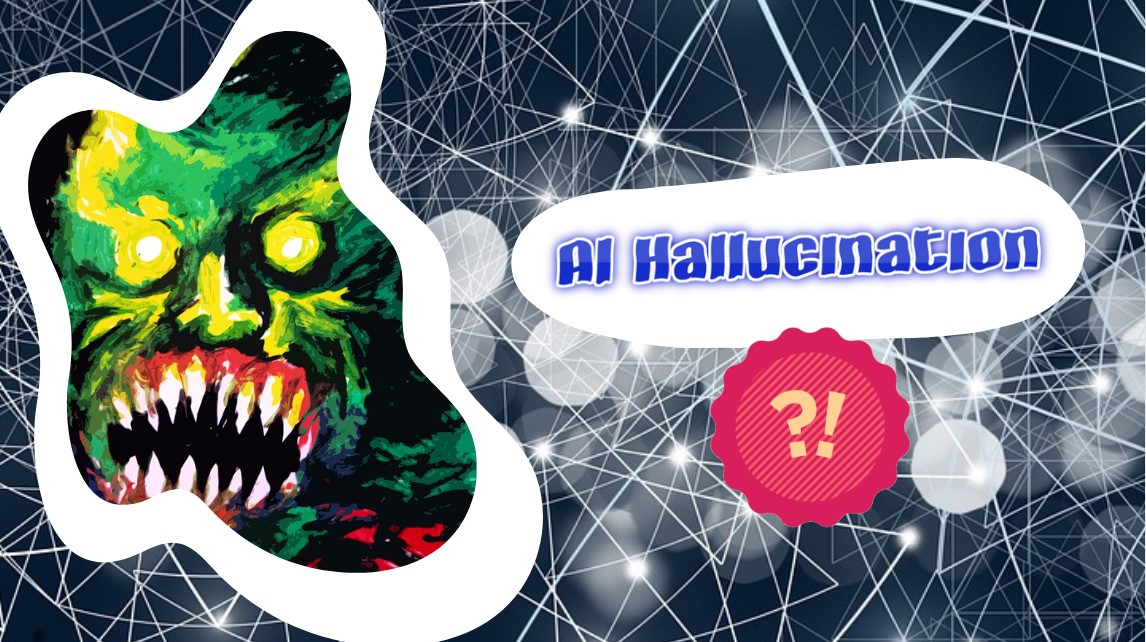While AI tools can provide several significant advantages to help improve SEO, you have to be a bit careful in how you use it, especially is you are using it for content creation.
AI hallucinations, also known as generative model hallucinations, occur when artificial intelligence algorithms create images, text, or audio that appear to be real but are not based on any existing data. This phenomenon happens because AI algorithms are trained on large datasets of images, text, or audio, and sometimes the model generates outputs that are outside the normal distribution of data that it was trained on.
For example, a generative AI model trained on images of dogs may produce an image of a “dog” that looks nothing like a real dog, but rather a distorted, unrealistic image that still falls within the parameters of its training data.
Several techniques have been developed to fix AI hallucinations, such as:
- Regularization: This technique involves adding constraints to the AI model to prevent it from generating unrealistic outputs. For example, a constraint can be added to ensure that the generated images always contain realistic features, such as eyes, ears, and noses.
- Adversarial training: This technique involves training two AI models, one to generate outputs and another to identify whether the output is real or fake. The generator model tries to produce outputs that can fool the discriminator model, and the discriminator model learns to identify realistic from fake outputs.
- Data augmentation: This technique involves adding more diverse and varied data to the training dataset to ensure that the AI model learns to recognize different patterns in the data.
- Bias correction: This technique involves identifying and correcting biases in the training dataset that can lead to AI hallucinations.
- Human evaluation: This technique involves having humans evaluate the AI-generated outputs and provide feedback on their realism and accuracy.
Still, you can get some bizarre response from AI. Sometimes it creates data that feels and sounds real, but isn’t accurate. It can make up quotes as assign them to actual people or attribute quotes from one source to the wrong person.
Always check citations, quotes, and facts with original sources.
Sometimes, ChatGPT can even admit fault, although it may try to justify its findings.

At least it apologizes (sometimes):

… other times, it can attribute the quotes to the wrong person or make multiple errors. Check out this interaction between ChatGPT and Paul Dughi, CEO at StrongerContent.com.
In this exchange, it told me that a particular quote was attributed to Rand Fishkin. When probed, it said no, that’s incorrect. When I asked it to confirm, it said it was in error and it was indeed a quote from Fishkin….. only to tell me later that it was actually from someone else… maybe. The source was a deadline, so who knows…?

While AI can do some amazing things, it’s still in its initial stages of evolution. If you’re using AI tools, double-check everything to make sure it’s not hallucinating.

